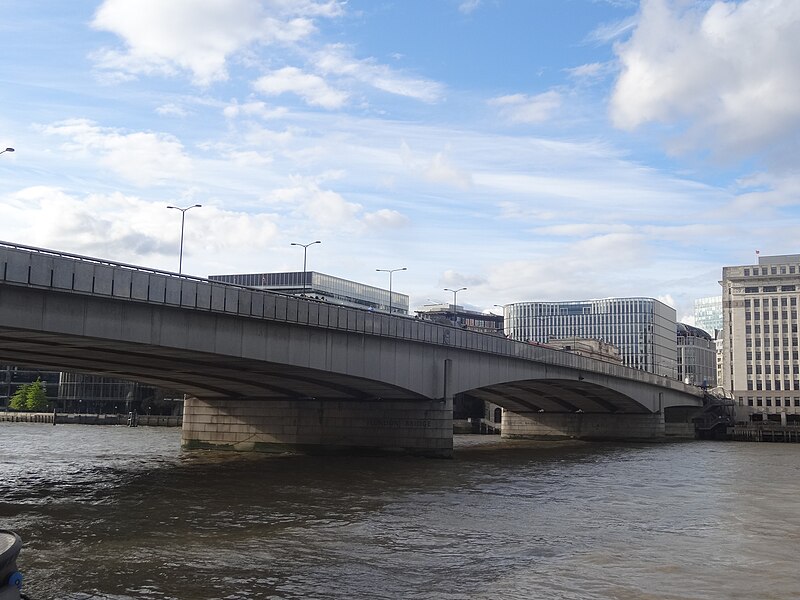London Bridge is more than just a crossing over the River Thames; it is a symbol of resilience, evolution, and architectural marvel spanning centuries. Many have asked, how many years did it take to build London Bridge? The answer depends on which bridge we are referring to, as London Bridge has undergone multiple incarnations, each with its own story of construction and endurance. In this article, we will journey through the history of London Bridge, exploring the three most significant versions: the medieval Old London Bridge, the 19th-century stone bridge, and the modern London Bridge we see today.
The Medieval Old London Bridge (1176–1209) – A 33-Year Endeavor
The first version of London Bridge, made of wood, was frequently destroyed by fires, Viking attacks, and natural decay. Recognizing the need for a more permanent structure, King Henry II commissioned a stone bridge in 1176. Construction lasted 33 years, finally reaching completion in 1209 under King John’s reign.
This medieval London Bridge was an extraordinary feat of engineering for its time. Designed by Peter of Colechurch, the bridge spanned the Thames with 19 stone arches and housed shops, homes, and even a chapel dedicated to St. Thomas Becket. However, its narrow design and frequent repairs made it a congested and often dangerous crossing. Over the centuries, parts of the bridge collapsed, required constant maintenance, and ultimately proved inadequate for London’s growing population. The medieval bridge stood for over 600 years before its replacement.
The 19th-Century London Bridge (1824–1831) – Built in 7 Years
By the 19th century, the old medieval bridge had become a burden—structurally unsound and unable to support London’s expanding traffic. In 1824, a new project began under the guidance of Scottish engineer John Rennie. Rennie designed a granite bridge with five elegant arches, a vast improvement over the narrow and crowded medieval bridge.
This second London Bridge took 7 years to complete, officially opening in 1831. The new design provided a wider, more stable passage for pedestrians and vehicles, and it quickly became a recognizable landmark. However, by the mid-20th century, the bridge began sinking due to its immense weight and the soft clay riverbed beneath it. It became clear that another replacement was necessary.
Rather than demolishing it entirely, the bridge was famously sold to an American businessman, Robert P. McCulloch, in 1968. The structure was dismantled, shipped piece by piece to Lake Havasu City, Arizona, and reassembled as a tourist attraction—where it still stands today.
The Modern London Bridge (1967–1972) – Completed in 5 Years
London needed a modern, more robust bridge to accommodate increasing traffic, and so a new construction project began in 1967. Engineers designed a concrete and steel bridge, a more practical yet less ornate version of its predecessors. Construction took 5 years, and the new London Bridge opened to the public in 1972.
The modern London Bridge is a functional yet understated structure, often overshadowed by the more famous Tower Bridge located nearby. However, it remains a vital connection for commuters and tourists alike. Unlike previous versions, this bridge is built for longevity, requiring far less maintenance.
How Many Years Did It Take to Build London Bridge? A Recap
-
Medieval Old London Bridge (1176–1209): 33 years
-
19th-century London Bridge (1824–1831): 7 years
-
Modern London Bridge (1967–1972): 5 years
Each version of London Bridge tells a unique story of innovation, necessity, and the ever-changing needs of a growing city. The question, how many years did it take to build London Bridge? is not just a matter of numbers—it reflects centuries of engineering ambition, historical transformation, and human perseverance.
As we walk across London Bridge today, it is fascinating to think of the thousands who crossed before us, from medieval merchants to Victorian travelers, and now modern commuters. The bridge is not merely a structure; it is a living testament to the passage of time and the resilience of London itself.

